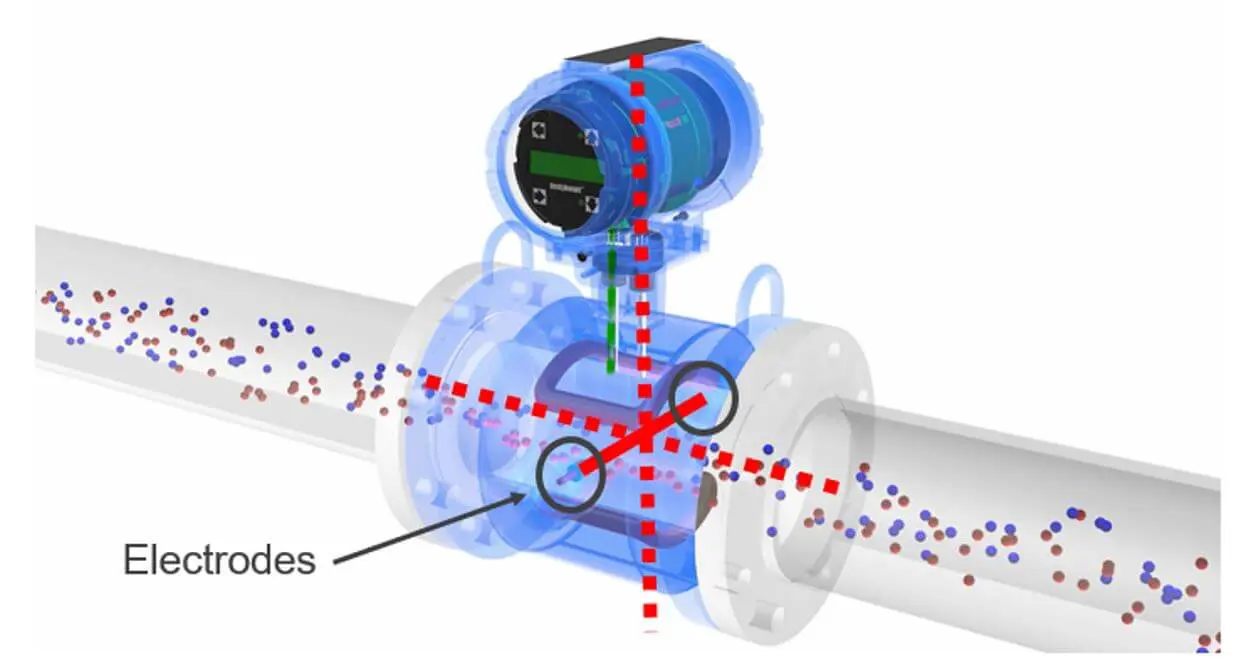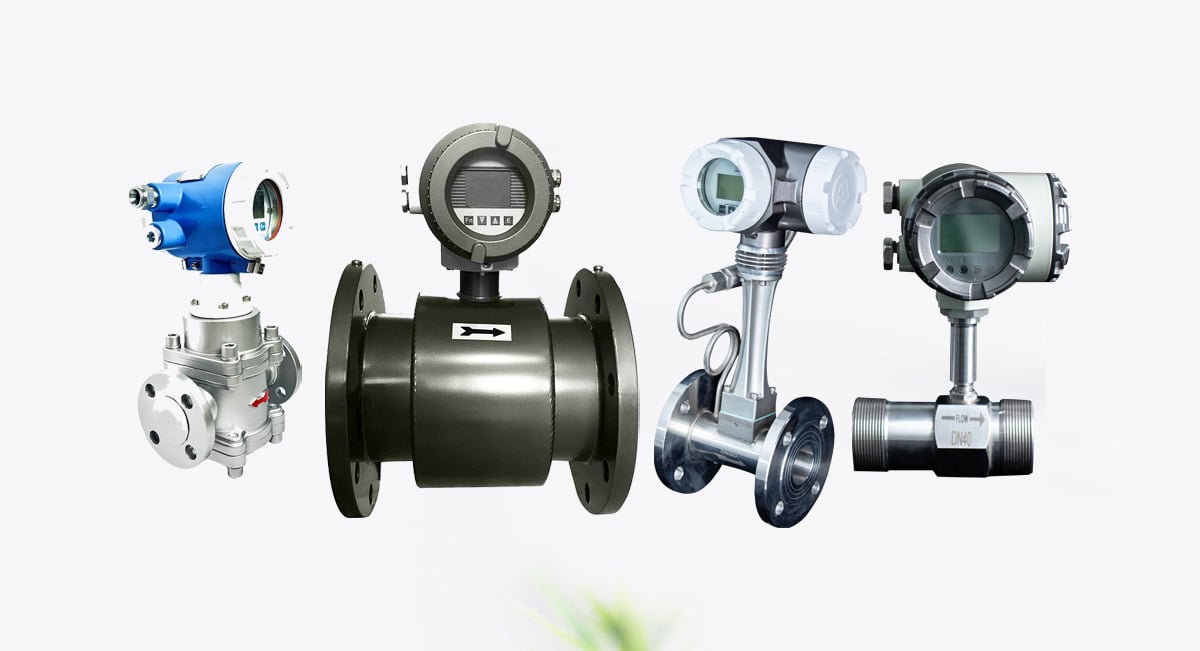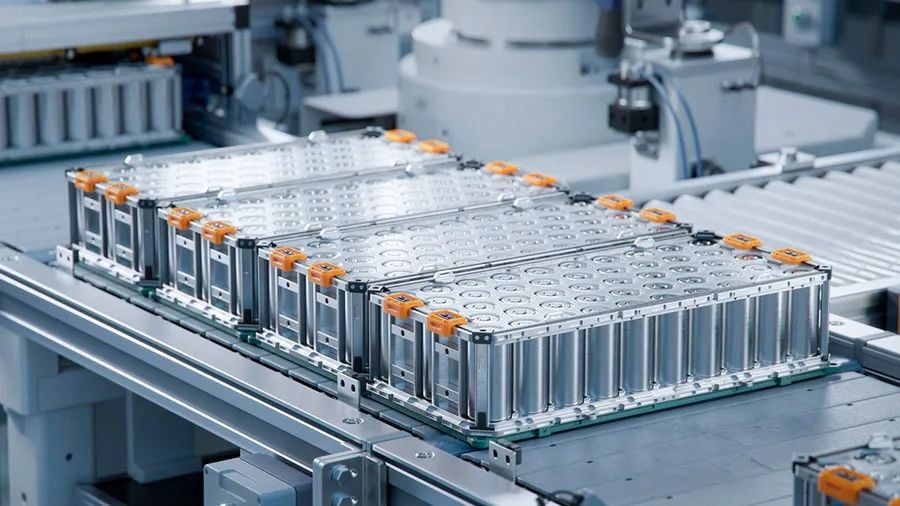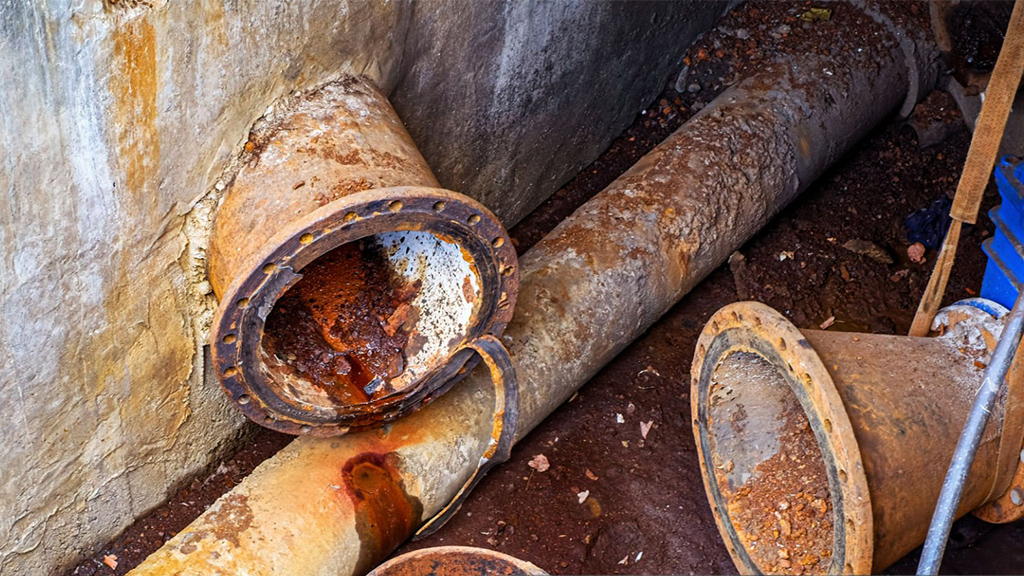The fault caused by improper material matching of liquid contact parts involves the electrodes and grounding rings. In addition to corrosion resistance issues, the primary concern is the surface effect on the electrodes. The surface effects include:
- Chemical reactions (such as the formation of a passivation film on the surface),
- Electrochemical and polarization phenomena (generation of potential),
- Catalytic effects (such as the generation of aerosols on the electrode surface).
The grounding rings also experience these effects, though the impact is generally less significant.
Case Study
At a chemical plant in Shanghai, over 20 electromagnetic flow meters with Hastelloy B electrodes were used to measure a high-concentration hydrochloric acid solution, resulting in unstable output signals with fluctuating readings. On-site inspection confirmed that the instruments were functioning normally, and other potential sources of interference causing the output fluctuation were ruled out. However, similar electromagnetic flow meters with Hastelloy B electrodes were operating normally at other locations.
The cause of the fault was analyzed to determine whether the difference in hydrochloric acid concentration could be contributing to the surface effects on the electrodes. At the time, there was no prior experience regarding the impact of hydrochloric acid concentration on electrode surface effects, so no conclusions could be drawn. As a result, the instrument manufacturer and the user collaborated to conduct a real-flow experiment at the chemical plant. The hydrochloric acid concentration was gradually increased, and it was found that at lower concentrations, the instrument output remained stable. However, when the concentration reached 15%-20%, the output began to fluctuate. At a concentration of 25%, the output fluctuation reached up to 20%. After switching to a tantalum electrode electromagnetic flow meter, the instrument operated normally.
Conclusion
In the case of electromagnetic flow meters, selecting the correct electrode and liner materials according to the characteristics of the measured medium is crucial to ensuring accurate and stable performance. As demonstrated in the case of high-concentration hydrochloric acid measurement, improper material matching, particularly with electrodes, can lead to surface effects that cause unstable output signals. These surface effects, including chemical reactions, electrochemical phenomena, and catalytic effects, can significantly impact the accuracy and reliability of flow measurement.
To learn more about selecting the optimal electromagnetic flow meter for your specific application, we invite you to read our comprehensive blog post, “Electromagnetic Flowmeter Selection Guide.” The article provides detailed guidance on choosing the right materials and configurations to match your medium’s properties and operating conditions.







Leave a comment